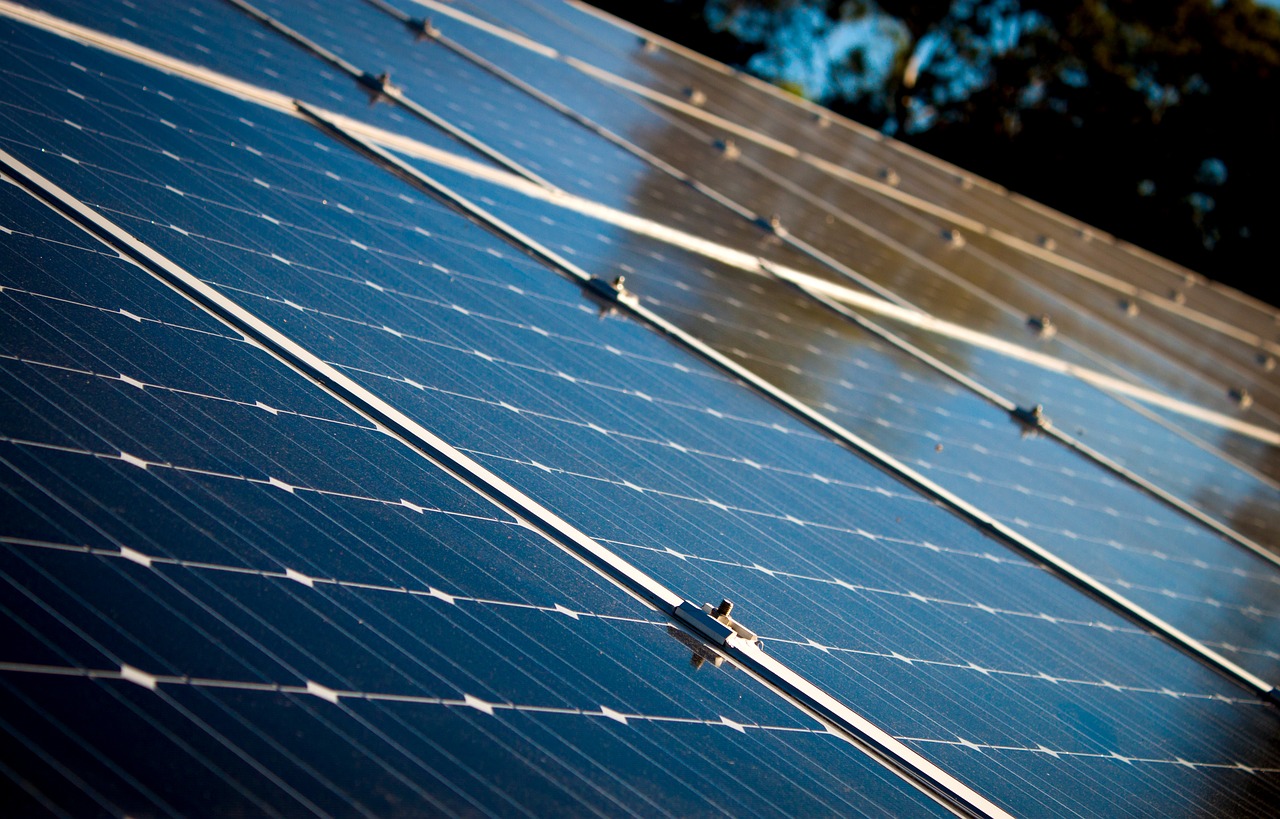Have you been thinking about adding solar panels to your new home? Generating your own electricity not only decreases your monthly utility costs but also helps protect the environment. Before you make the decision to install the panels in your Central New Jersey home, consider these factors.
Solar Trends
There’s no point in spending thousands of dollars on an energy system if it becomes obsolete 10 years after you install it. Fortunately, that’s not the case with solar energy, which is expected to become more popular in the coming years. The U.S. Energy Information Administration reports that wind and solar generation will account for 64 percent of total electric generation growth through 2050.
Return on Your Investment
Solar panel installation can be a little costly initially, but it’s important to remember that all of your costs will be upfront. Because solar panels don’t contain moving parts that need frequent maintenance, panels can last 30 years or more before they need to be replaced. Energy Sage notes that New Jersey homeowners can expect to spend between $11,802 to $14,574 for a 6,000 watt system or $19,670 to $24,290 for a 10,000 watt solar installation.
If you install your system this year or next year, you can deduct 30 percent of the system’s cost on your tax return. The deductible amount drops to 26 percent in 2020, 22 percent in 2021 and 10 percent in 2022 and beyond.
Depending on how much electricity your panels produce, you may recoup your costs in about five to 10 years. As solar panels become a particularly desirable home feature, more and more buyers may search for homes that already contain the panels, which may increase the resale value of your house.
Your Power Generation Potential
The solar panels installed on your roof capture photons in the sun’s rays and change them to electrons need to produce direct current (DC) power. Because the U.S. electrical system uses an alternating current, DC power must be converted to AC power in order to be used.
When the direct current passes through an inverter, it’s converted into an alternating current, which can be used to power the lights and appliances in your home. If you generate more power than you need, it will flow back into the electrical grid, and you’ll receive payment for the power you contribute.
You may also opt for a battery system that allows you to store electricity for when you need it. If you experience a week of rainy weather and don’t generate enough energy for your needs, you’ll draw it from the electrical grid or your battery.
The Type of System You Prefer
Two types of solar panel systems are available for home installations:
- Integrated Systems: Panels are mounted on your roof, usually on the south side, to increase sun exposure. You’ll also need a solar panel array, inverter and a conduit from your solar panels and your electrical panel.
- Standalone Systems: Standalone systems aren’t tied into the electrical grid. When you run out of electricity, you must rely on stored electricity in a battery or break out the candles. Panels can be added to your yard or installed on your roof if you prefer a standalone system.
You also need to decide on one of these panel choices:
- Amorphous: Amorphous solar panels, the cheapest type of panels available, are constructed from a thin solar film rather than silicon crystal. Although you’ll save money initially, you may need to replace these panels sooner than other types.
- Polycrystalline: Multiple silicon crystals form make up each polycrystalline panel. Polycrystalline solar panels are the most commonly produced type of panels today and are more efficient than amorphous panels.
- Monocrystalline: Monocrystalline panels, the most expensive of the three options, feature a single silicon crystal per panel. The panels take up less room on the roof, yet still generate as much electricity as polycrystalline panels.
Tesla Solar Roof tiles offer another option. The tiles look just like roofing shingles yet act as a solar array for your home. The tiles are constructed of quartz, which the company says is strong enough to last a lifetime.
Adding solar panels to a roof may involve reinforcing the roof or other steps that are easy to incorporate after the building process. You may want to contact the company you are considering for your solar needs to make sure their panels will be compatible with your current home. Every home is different so taking this extra step can save you time and effort in the long run!
Sources:
U.S. Energy Information Administration: Annual Energy Outlook 2018
https://www.eia.gov/outlooks/aeo/pdf/AEO2018.pdf
Energy Sage: New Construction with Solar Panels: Everything You Need to Know
https://news.energysage.com/solar-new-construction-everything-need-know/
Energy.gov: Residential Renewable Tax Credit
https://www.energy.gov/savings/residential-renewable-energy-tax-credit
Go Solar California: How Solar Works
http://www.gosolarcalifornia.ca.gov/solar_basics/how.php















Leave a Comment